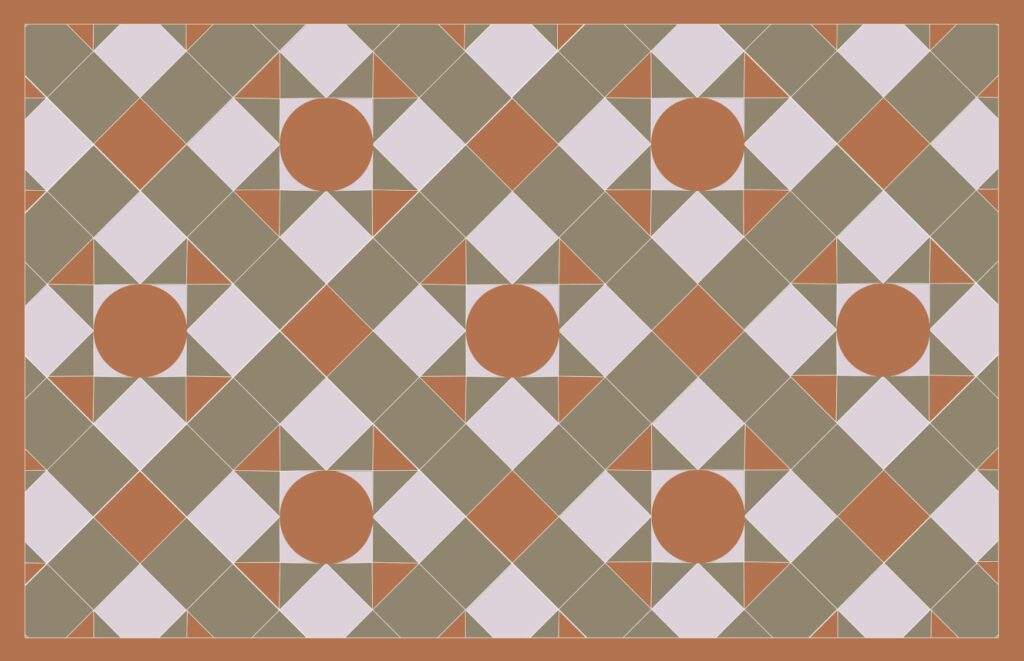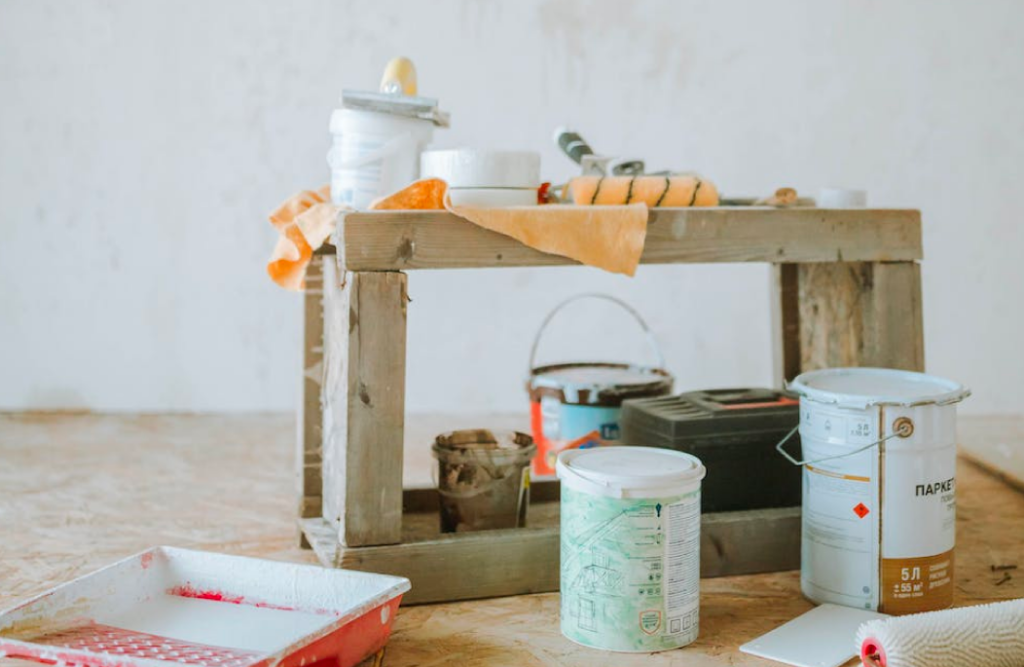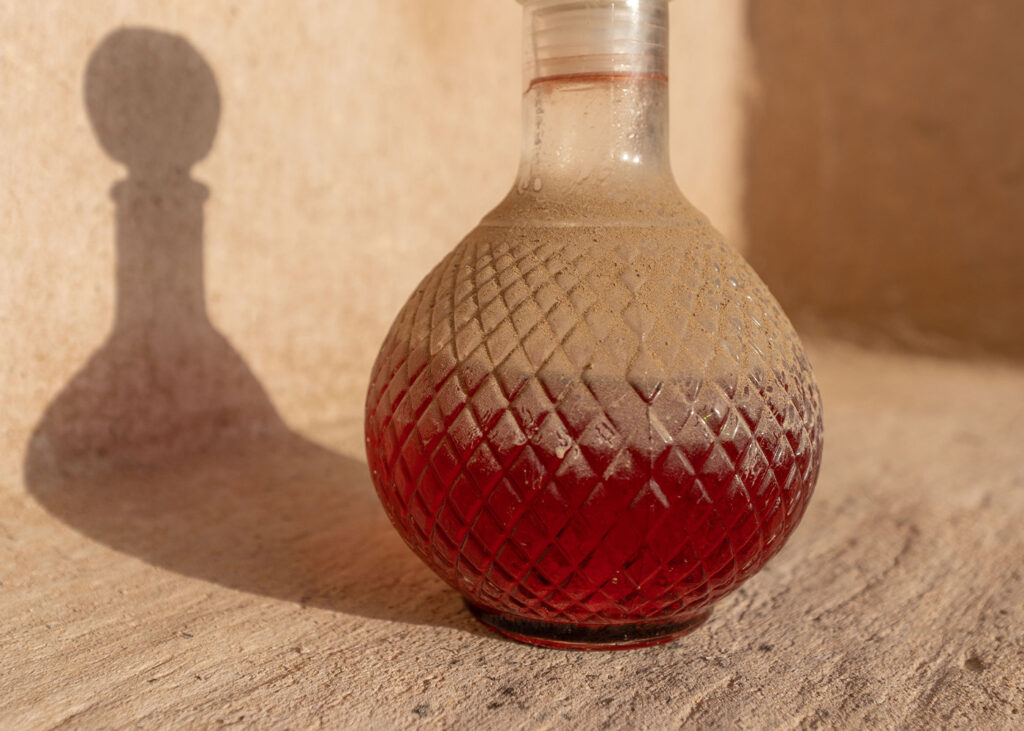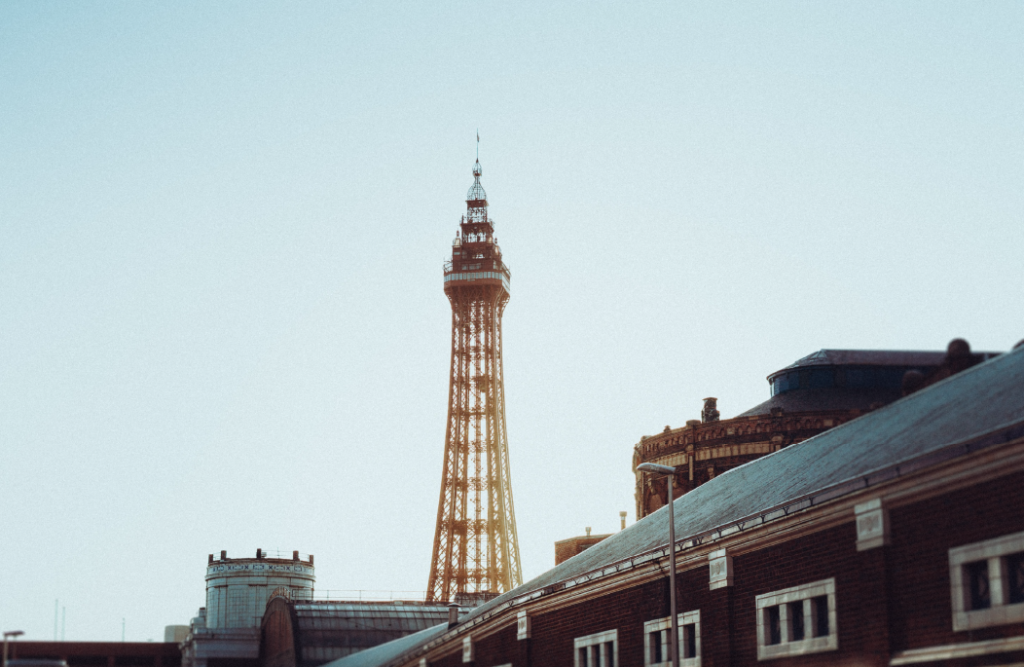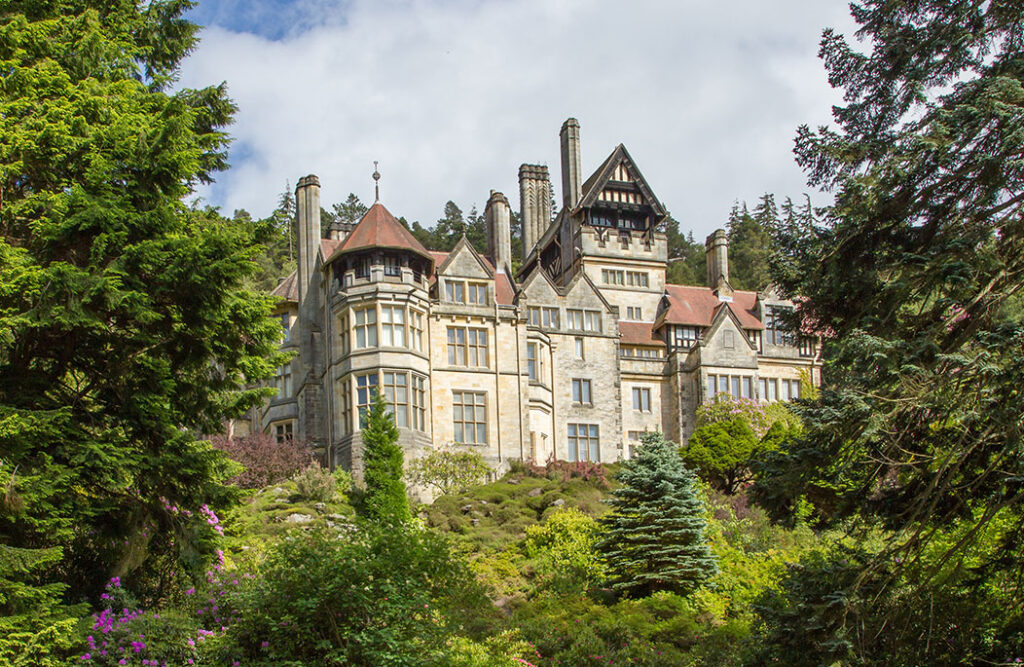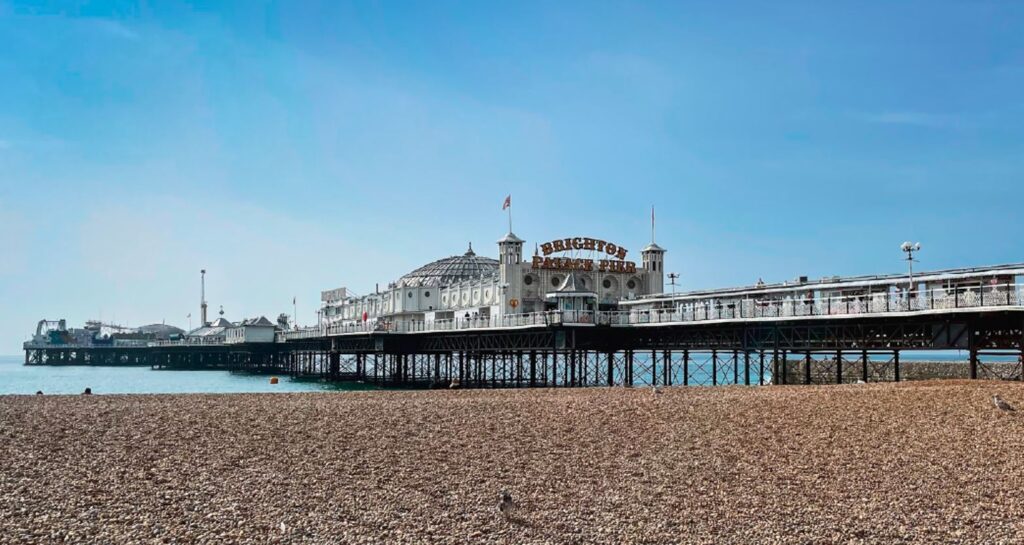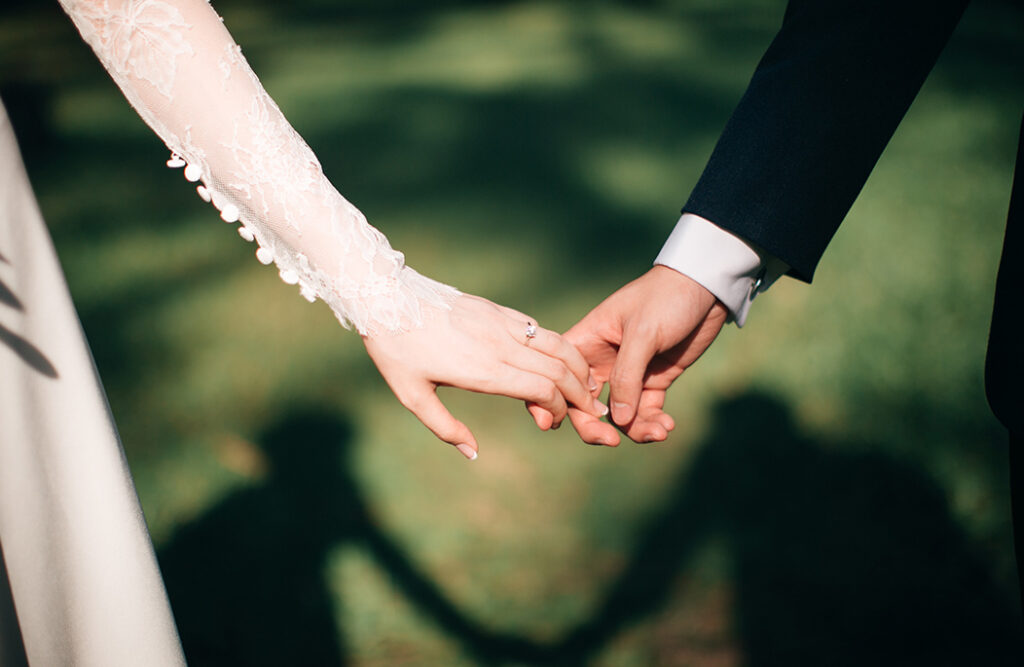Many of us have admired stained glass windows while gazing at a beautiful piece of Victorian architecture. They make a statement and can really elevate a property’s distinctiveness, especially if yours comes from that era.
Whether you’re lucky enough to have a piece of stained glass in your home or you’re looking to add one, there’s a lot to consider, so keep reading this blog to find out how you can make this style of window work for your property.
The history of stained glass
Stained glass windows can bring a unique look to the interior and exterior of a building, capturing natural light and showcasing a decorative art form that is thousands of years old.
When we think of stained glass, many of us picture larger ecclesiastical windows in religious venues but there are in fact examples from as far back as the Ancient Roman and Egyptian times, where coloured glass was used to produce jewellery and small, decorative objects.
Stained glass quickly became a favoured way to depict religious imagery, with one of the earliest examples of stained glass being a rounded portrayal of Christ from Basilica of San Vitale in Ravenna, Italy, that comes from the sixth century.
In the UK, many churches feature historical, stained glass windows, with some dating all the way back to the seventh century. These windows often depict religious scenes and tend to come in a range of shapes, with arches being the most common.

Stained glass in the Victorian era
Victorian antique glass is still an incredibly popular decorative item and the same can also be said about stained glass from the era, with many original windows continuing to be cared for and preserved in buildings all over the country.
The Christian religion was prominent in the 19th and early 20th centuries, with many Victorian decorating trends being inspired by the opulent designs that had previously appeared in religious buildings – including the stained glass.
Typically utilised in windows, light fittings, and doors, some Victorians embraced religious motifs when it came to their stained glass choices, while others commissioned artwork that featured their family crests, mythical creatures and figures, or sophisticated floral designs.
Some would have employed ‘stained glass painters’ to create depictions of religious symbolism and ancient stories. These more detailed features could be found in all parts of the Victorian household – including bathrooms, staircases, and hallways, and were the perfect way to showcase both their style and wealth.
Is Victorian stained glass art nouveau?
An interior design favourite in the Victorian era, the art nouveau style included a lot of stained glass. Windows were common, but so were decorative objects like lamps and vases.
One of the most famous art nouveau stained glass items to come from the Victorian period originated in the States. The classic Tiffany lamp, designed by Louis Comfort Tiffany, is still iconic to this day.


How to preserve original Victorian stained glass
If your Victorian home has original stained glass panels, you may have noticed some wear and tear. This is unfortunately a common construction problem that comes with the ageing process.
Fortunately, there are professional artisans that you can hire to help with the preservation of your stained glass – they’ll be able to mend or recreate damaged panels to ensure the piece keeps both its beauty and durability.
If there is just a small amount of damage, professionals may be able to repair your window in situ, while larger repairs may require the panels to be removed and re-leaded.
The re-leading process involves dismantling the entire panel, cleaning the glass, replacing any broken parts, and then reassembling using new leads. Steel-strengthening bars may then be used to reinforce the structure when everything is put back together.
For painted stained glass pieces, a specialist can be brought in to make sure the repair process doesn’t ruin the original artwork. They will be able to match the paint colours properly so repairs will be totally unnoticeable to the untrained eye!
If you’re lucky enough to have original stained glass windows that have fared well over their lifetime, you can simply preserve their charm with protective glazing. This is typically applied to the exterior.



Should you clean Victorian stained glass?
Yes! Another way of preserving your stained glass feature is to keep it clean. Again, this can be professionally done if the glass hasn’t been cleaned in a prolonged period of time.
This will probably mean having the panels of glass temporarily removed so they can be cleaned safely.
If you’re dealing with just dust and small amounts of dirt, we recommend gently cleaning with distilled water on a cotton pad. Regular household cleaning products will likely be harsh to use.
download the full victorian homes ebook
Download Victorian Homes, a free ebook created by Adrian Flux insurance services. It is full of Victorian house facts, tips on how to create a Victorian style house — even if you live in a new-build home — and advice on where to source original Victorian and reproduction fixtures, fittings, furniture, accessories and art.
The best ways to add stained glass to your Victorian property
If you don’t already have stained glass as a feature in your Victorian home but want to, these are the best ways to easily incorporate some into your space:
Front door – Victorians loved adding a small stained glass window panel to their front doors and this can be a simple addition to your home too. There are replica ‘Victorian’ doors you can purchase for your home to recreate the look. These are often made of more modern materials that will be durable without sacrificing style.
Windows – This may be slightly more difficult for some properties, but if you’re able to, adding a stained glass window is definitely worth it, especially when you see the natural light streaming through it on a sunny day! You can purchase Victorian-style remakes to match the aesthetic of your period property. Alternatively, you could replace existing glass panels with bespoke stained glass.
Artwork – A wonderful alternative to a window is adding a stained glass panel to your wall as art. This is quick and easy, plus you may be able to purchase some original Victorian stained glass second-hand from online marketplaces, antique stores or auctions.
Decorations – Tiffany lamps may not be for everyone, but smaller stained glass decorative items like this can be a simple way of nodding to your home’s Victorian heritage without making any major or costly updates to your home.
Protecting the stained glass features in your Victorian Home
Whether you have stained glass in your property or not, preserving and restoring original, period features aren’t the only ways to protect your Victorian home.
Adrian Flux has a wide range of specialist home insurance policies to suit you and your period property.
Call 0800 916 1270 for a simple but effective quote or book a callback at a time that suits you.


